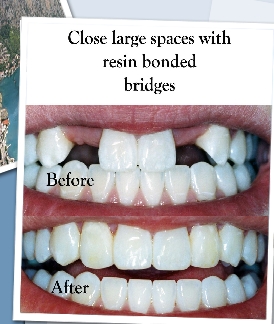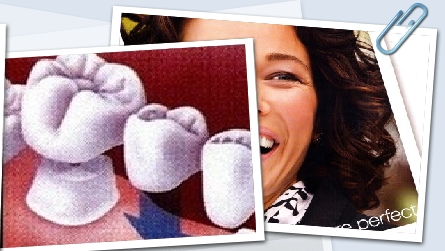A bridge, by definition, is a link or connection between two permanent structures. A dental bridge is very similar in that it attaches the restorative teeth (bridge) to the natural teeth on either side of the gap. This bridge acts as your new teeth, closing the gap and restoring your smile. Bridges are often constructed of gold or metal foundations with porcelain fused to the foundation. This ensures that the bridge will support the normal functions of the mouth.
There are three main types of bridges:
• Traditional bridges involve creating a crown for the tooth or implant on either side of the missing tooth, with a pontic in between. Traditional bridges are the most common type of bridge and are made of either porcelain fused to metal or ceramics.
• Cantilever bridges are used when there are adjacent teeth on only one side of the missing tooth or teeth.
• Maryland bonded bridges (also called a resin-bonded bridge or a Maryland bridge) are made of porcelain teeth and gums supported by a metal framework. Metal wings on each side of the bridge are bonded to your existing teeth.



























